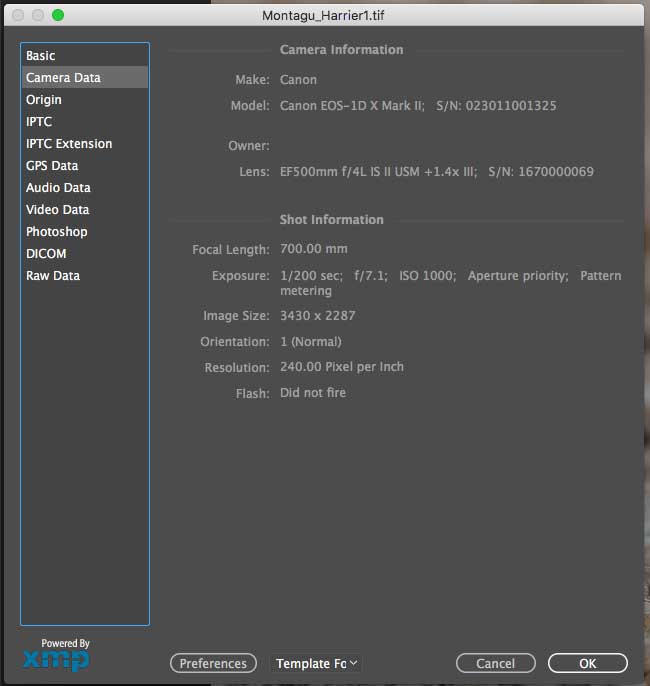

PNG, PCX, PSD, EPS, TIFF, WMF, ICO, CUR and TGA) and popular digital camera RAW formats It supports all major graphic formats (BMP, JPEG, JPEG 2000, animated GIF, Image annotation, scanner support, histogram and much more.

Other features include a high quality magnifier and a musical slideshow with 150+ transitional effects, as well as lossless JPEG transitions, drop shadow effects, Mouse touches one of the four edges of the screen. Its innovativeīut intuitive full-screen mode provides quick access to EXIF information, thumbnail browser and major functionalities via hidden toolbars that pop up when your Management, comparison, red-eye removal, emailing, resizing, cropping, It has a nice array of features that include image viewing, User-friendly image browser, converter andĮditor. Leaving out -p a will just show you the EXIF data.FastStone Image Viewer is a fast, stable, I gave the command exiv2 -p a my-image.jpg because that displays all three forms of metadata. The big difference here being that the keywords in XMP and IPTC aren't in EXIF at all and so if I only looked there, I'd think it didn't have keywords. Xmp.dc.subject XmpBag 3 2015scan, Lissner-Jay, People I've found that exif is a good tool, but that exiv2 is better. Many photo programs will write to all of these formats, but not all, so it's important to check all of them. This question asked for EXIF, but image metadata has at least three standards that can be attached to images, EXIF, XMP, and IPTC.
Photo exif editor bulk plus#
Make sure you use a plus or minus sign before the equals (as in -AllDates-= or -AllDates+=), depending on what you want to achieve when you assign your required time index, or the resulting EXIF data will not be as expected.Įxiftool will create a backup of the original before editing the EXIF data adding original at the end of the filename.Įxiftool supports more image types than jhead which only works for JPEGs. The shifting feature can be very useful if, as has happened to you, your pictures are all suddenly marked 2009, even though they were taken in 2012. The example above just sets a particular value for the date and times of the pictures if you wanted to just shift them all by a certain time index, such as the three years forward, you could use: exiftool -AllDates+="3:0:0 0" *.jpg This example changes both date and time: exiftool -AllDates="2012:03:14 12:25:00" *.jpg As with jhead, you can decide to change time and date, or just date. The date and time shifting options, and which formats can be used are quite extensive, as detailed here in this useful pdf. There is a graphical frontend for exiftool in development, but it is in the early stages at the moment, but looks promising. This utility has more options than jhead and is very comprehensive, as noted at the official site. Look at the exif readout from your pictures to get the correct model number.

You could also do it just for one some pictures taken with a particular camera if you specified, for example, -model "D70", but that option must come first in the processing, and must be something like "D70", "S100" and not "Nikon D70". If you just wanted to change the date without specifying the time, you would use instead: jhead -ds2012:10:29 *.jpg The -ts switch allows you to specify the date and time required and write it to the exif header all in one go: the format specified here is YYYY:MM:DD-HH:MM:SS. To change the time and date EXIF data on a number of files 'in a single click', you could open terminal and do cd to the folder with the pictures and run: jhead -ts2012:10:29-10:28:03 *.jpg With both of these tools you can operate upon multiple files at once, but you may want to back your files up before you start manipulating the exif data.
Photo exif editor bulk install#
As you already have a GUI solution, I thought I would mention that there are also several ways of changing EXIF data on the command-line two useful tools are exiftool and jhead, which can be installed with this command: sudo apt-get install libimage-exiftool-perl jhead


 0 kommentar(er)
0 kommentar(er)
